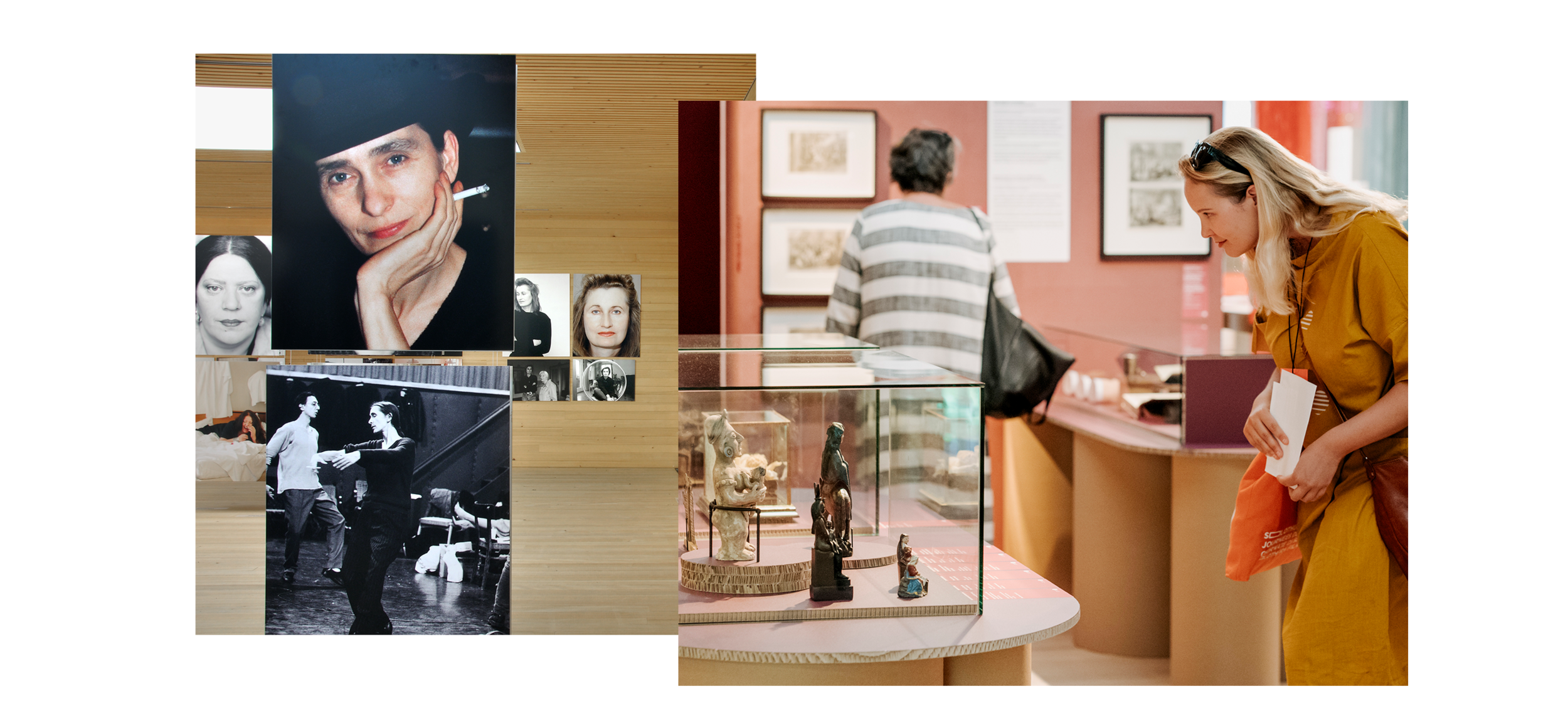The Frauenmuseum Hittisau – home to multiple voices and new discoveries
© Frauenmuseum Hittisau / Angela Lamprecht
A women's museum? And one in a rural location? The Frauenmuseum Hittisau in the Bregenzerwald (Austria) shows that both are possible – and have been for over twenty years now. It was the initiative of Elisabeth Stöckler that brought about the founding of the museum in 2000. The Frauenmuseum Hittisau has since shown over forty exhibitions. The focus is on women’s history and culture.
Every woman changes when realizing she has a history.
Gerda Lerner.
Why a women's museum? Museums are not only places to store history and art. They are also – and most importantly – places full of inspiration. Those who decide what is artistically significant, what should be collected, and according to which criteria things should be researched, also decide what can be forgotten, what is irrelevant in historical narrative. For a long time, this included women's history, women's culture, and art by women. Women are present in many museums, especially in historical art collections, but rarely they are present as active participants. Often museums are full of depictions of women, and these are largely determined by the male projection onto women, because it was men who dominated artistic creation for many centuries.
Europeans © Frauenmuseum Hittisau and birthculture. © Frauenmuseum Hittisau / Angela Lamprecht


